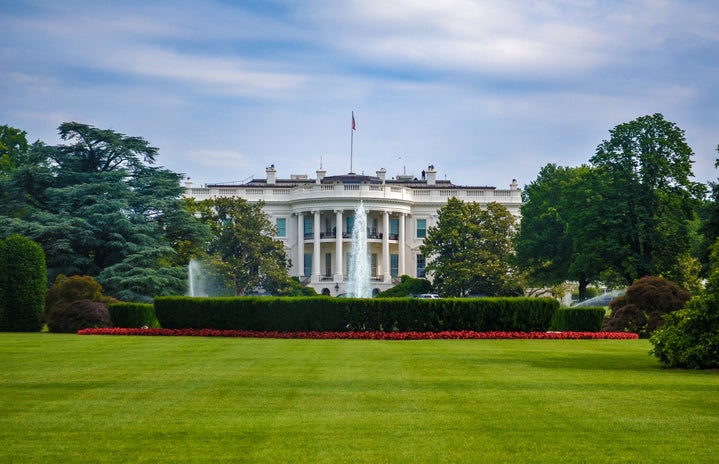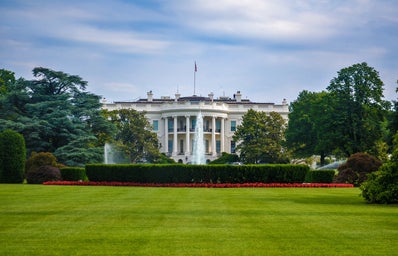Photo by Jabin Botsford from the Washington Post
In December, Donald Trump made an executive decision (without consulting his generals or foreign policy advisors) to remove the US troops from Syria. The removal was so abrupt and ill planned that the US left behind not only billions of dollars worth of supplies and equipment but also a seriously unstable nation in shock. At least 100 ISIS fighters have escaped from prisons which the US military left behind, and now no one knows where they are or what they could do next. The United States has officially been involved in the Syrian conflict since it began in 2011, providing support on the international stage as well as air support–especially drone power–and funding the arms supply and training of various military forces in the region. Since 2013 the terrorist organization ISIS has had a stronghold within Syria, including their occupation/control of cities like Damascus and Aleppo. And now in 2019 the totality of ISIS-controlled area in Syria has been obliterated entirely due to the efforts of the Kurdish forces on the ground. In the totality of the conflict the Kurds have lost over 10,000 soldiers–not to mention the masses of citizens slaughtered by air strikes, chemical attacks, and sieges. So what has changed and why would we leave a war we had been so invested in before the job was even done?
When we first got involved, it was under the Obama administration, and we supported the Kurdish forces in joint with various opposition groups to both suppress extremist movements like ISIS (though ISIS wasn’t officially formed until 2013, two years after the US got involved in the region) and force the dictator Bashar al-Assad to step down. The al-Assad regime had been blatantly violating human rights in the country and committing atrocities like using chemical weapons on its own citizens.
The Trump administration, on the other hand, has been all over the map. At first he prevented Syrian refugees from entering the country; then he authorized missile strikes on Assad’s government and approved a plan the arm Kurdish forces, but then ended the program to train anti-Assad forces. However, his administration was involved in the operations to retake ISIS-controlled cities. Then in December of 2018 Trump announced the withdrawal of US troops from Syria, but in February 2019 he said he supported troops staying in Syria. Now, in October of 2019, Trump has fully withdrawn US troops from Syria and allowed Turkish forces (which support the al-Assad regime) to invade the Kurdish territories in Northern Syria. Although many have seen this as an action on the part of the president to “bring our soldiers home,” it is not that. The troops removed from Syria were immediately redeployed in Iraq, increasing the US presence in that region and perhaps indicating another war brewing on the horizon.
Now the region is being controlled by Turkey and the al-Assad back Syrian government who are both being supported by Russia and Saudi Arabia. Due to the Trump administration we are indebted to the Saudi and Russian governments and therefore cannot interfere in their affairs in the region. But we must interfere, especially considering the massacre of Kurdish people now underway in Syria as well as the various war crimes committed against innocent civilians
The future of Syria is in question. Who will win out? Will it be the Democratic forces, or al-Assad’s regime? Perhaps the Kurds will finally have a nation of their own, or maybe ISIS will come back into power in the region. And none of this even begins to consider the 5 million refugees who will be displaced. We are the ones who took this conflict to the level of a war, therefore, we are the ones who need to finish the job and ensure that peace returns to the region.



